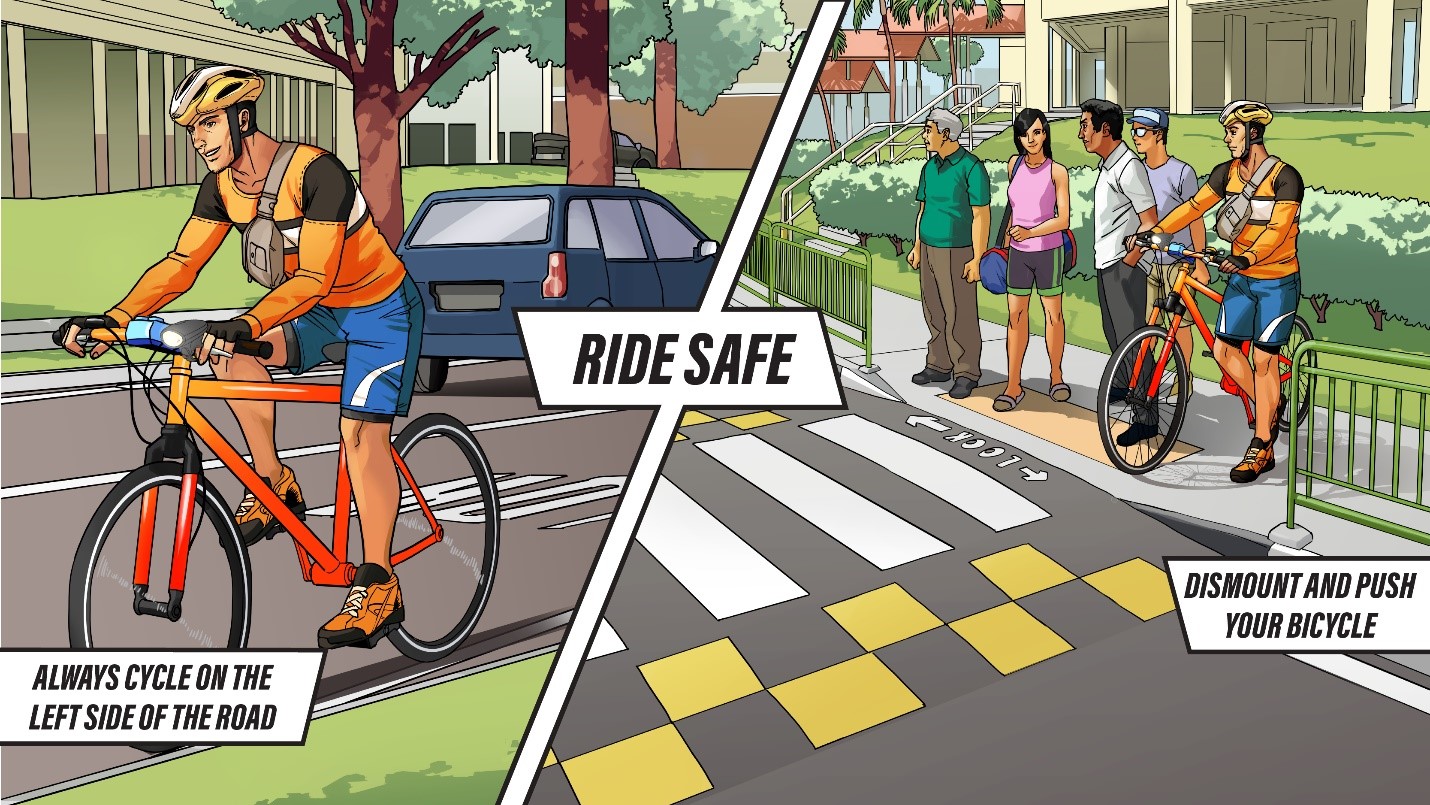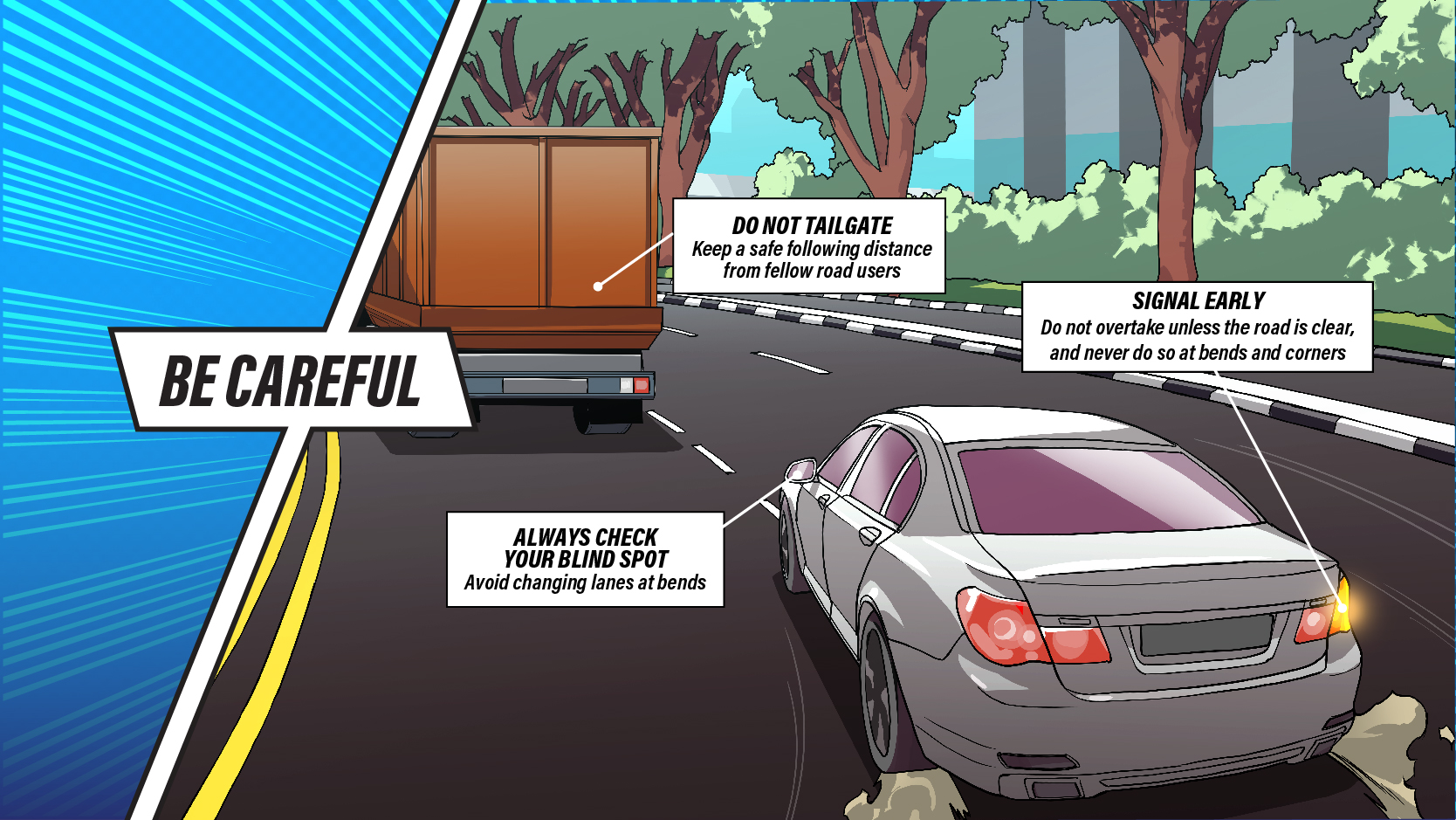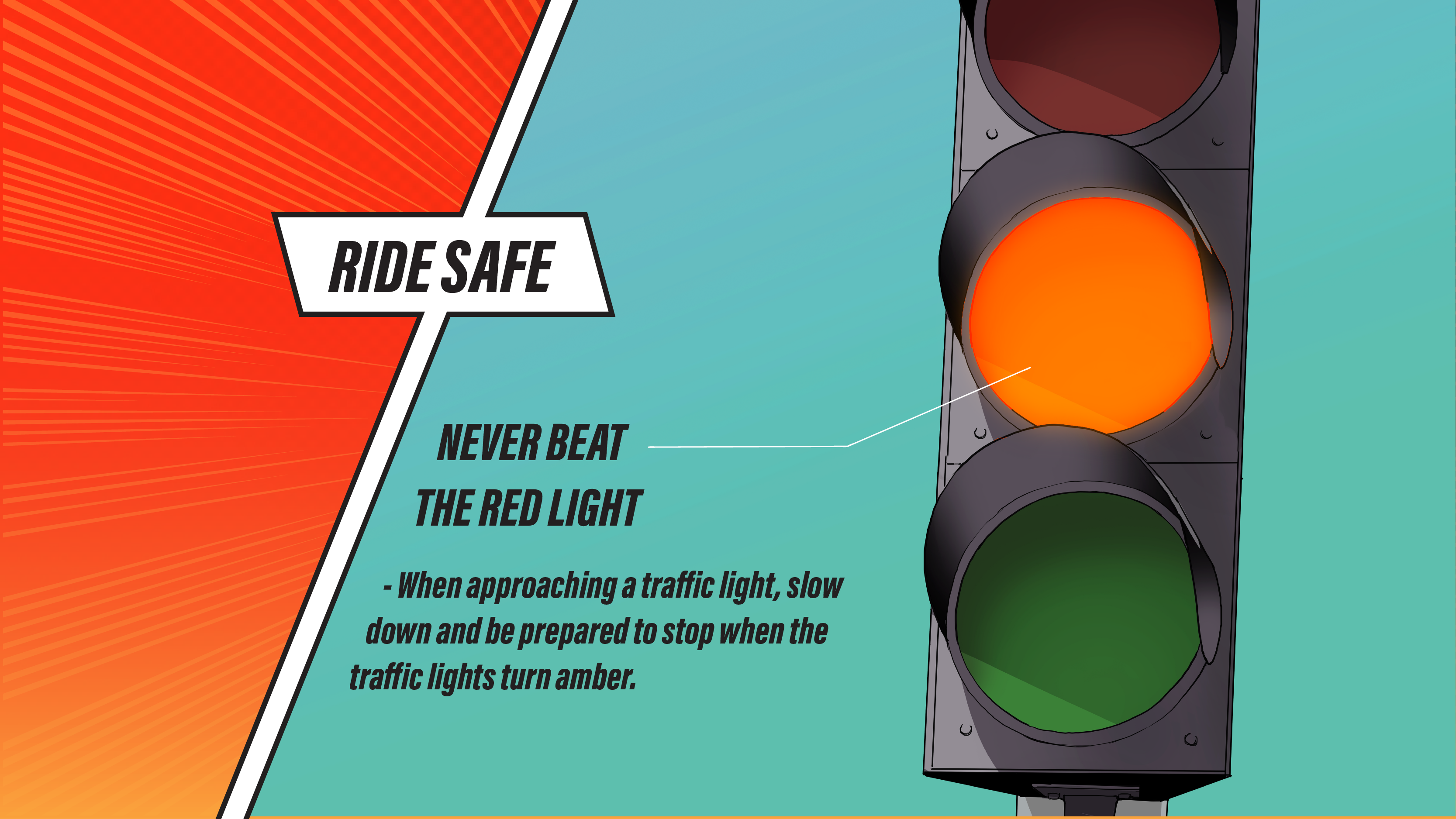-
Crime
- Act of Endangering Human Life
- Commercial Crimes
- Youth-Centric Advisories
- Dishonest Misappropriation Of Property
- Cybercrime
- Family Violence
- Housebreaking
- Theft In Dwelling
- Motor Vehicle Theft
- Outrage of Modesty
- CDSA and CMA Bill Amendments
- Misuse of SIM Card Offences
- Sexual Crime
- Voyeurism
- Snatch Theft
- Scams
- Theft Of Bicycle and Personal Mobility Devices
- Unlicensed Moneylending
- Crime Prevention Posters
- Traffic
- Airport Security
- Online Criminal Harms Act
- Infrastructure Protection
- Security Outcome-Based Contracting
- Crime
- Act of Endangering Human Life
- Commercial Crimes
- Youth-Centric Advisories
- Dishonest Misappropriation Of Property
- Cybercrime
- Family Violence
- Housebreaking
- Theft In Dwelling
- Motor Vehicle Theft
- Outrage of Modesty
- CDSA and CMA Bill Amendments
- Misuse of SIM Card Offences
- Sexual Crime
- Voyeurism
- Snatch Theft
- Scams
- Theft Of Bicycle and Personal Mobility Devices
- Unlicensed Moneylending
- Crime Prevention Posters
- Traffic
- Traffic Matters
- Road Safety Tips
- Road Safety Campaigns
- Road Safety Challenge
- Airport Security
- Known Consignor Regime
- Regulated Air Cargo Agent Regime
- Online Criminal Harms Act
- Introduction to OCHA
- Application for Reconsideration
- Appeal to Reviewing Tribunal
- Codes of Practice
- Appeal to Minister
- Infrastructure Protection
- Infrastructure Protection Act
- Protected Areas and Protected Places
- Special Developments / Special Infrastructures
- Building Security
- Security Outcome-Based Contracting
- Security Outcome-Based Contracting
A safe road journey cannot be taken for granted! Like Gracious Joseph, remember to always exercise patience and graciousness. Stay alert, drive carefully and follow traffic rules, signs, and signals.
Follow these safe-driving tips and habits to enhance your experience on the roads, and make your journeys more safe and pleasant.
- Never drink and drive.
- Never get behind the wheel when you’re tired.
- Put on your seatbelt, and ensure your passengers do the same.
Maintain your vehicle regularly to minimise the chances of an accident due to mechanical failure.
- Always check your blind spot – avoid changing lanes at bends.
- Signal early – do not overtake unless the road is clear, and never do so at bends and corners.
- Do not tailgate and keep a safe following distance from fellow road users.
Road conditions differ and road hazards may appear unexpectedly. Therefore, drivers should adopt defensive driving. Defensive driving requires drivers to:
- Always keep in mind the existence of road hazards
- Keep a lookout for smaller or vulnerable road users, such as cyclists or power-assisted bicycle users, and pedestrians like children and elderly, who may dash across the road.
- Be on the lookout for traffic signs and pedestrian actions that may cause traffic hazards
- It does not hurt to give a “Thank You” wave
- Give way to emergency vehicles such as ambulances and police cars
- Be patient when the elderly is crossing
RIDE RESPONSIBLY. STAYING SAFE EVERY JOURNEY.
Motorcyclists and pillion riders are a group of road users who are over-represented in fatal road traffic accidents. As compared to driving a car, motorcycle riding requires greater skills and control. A motorcyclist is also less visible on the road, and is more prone to sustaining injuries in accidents, due to the lack of protection provided by an outer shell.
As a safe rider, Cautious Chong pays attention to his riding attire and practises defensive riding. Read below to find out how Cautious Chong takes the road to responsibility.
Practise the following tips to pass traffic junctions safely:
- Close the throttle when three arrows away from the junction;
- Be prepared to brake at the second arrow; and
- Only open the throttle when at the first arrow to clear past the junction.
Practise defensive riding by observing the following tips:
- Concentrate when you ride.
- Always turn on your headlights to enhance your visibility to other road users.
- Slow down when approaching a bend.
- Keep to your left, unless you are overtaking.
- Do not weave in and out of traffic.
- Do not tailgate and always keep a safe following distance from other vehicles.
- Stay out of the blind spots of larger vehicles.
- Keep a lookout for other road users and anticipate pedestrians who may dash across the road.
- Greet your fellow road users with a smile.
- Signal early to alert other road users of your intentions when turning or changing lanes.
As a Heavy Vehicle Driver

It’s all about using your RoadSense:
- Rest well and stop driving when feeling tired
- Observe and look out for vulnerable road users. Never use handheld devices while driving
- Avoid tailgating and keep a safe distance with the vehicle in front
- Do not road hog. Always keep to the left and travel on the slow-moving lane
- Stay alert and drive with care. Always check your blind spots
- Ensure proper maintenance of the vehicle to prevent spills
- Never drink and drive
- Speeding kills. Always drive below the road speed limit or vehicle speed limit, whichever is lower
- Ensure the serviceability of your vehicle by performing regular pre-drive checks
As a Heavy Vehicle Fleet Owner and Company
-
Use education to heighten your drivers’ road safety awareness by conducting regular road safety talks. This reminds and encourages drivers to continuously exhibit safe driving behaviours and practise good RoadSense. After all, employees who use their RoadSense, will be good business sense for you!
-
Use Incentives. Many companies have implemented incentives to recognise safe driving and to promote a safe work culture. Incentives may not have to be monetary and they can be letters of commendation or plaques for employees who observe the rules.
Singapore Road Safety Award
The Singapore Road Safety Award (SRSA) is an annual award that recognises organisations that have significantly contributed to the promotion of road safety and gracious road use behaviours within their companies. In 2019, there were two award categories, namely, Company Award and Safe Driver Award.
For more information on the award details, do visit the Singapore Road Safety Council website.
As a Community

Road safety initiatives raise awareness on the importance of recognising the unique danger elements faced by heavy vehicle drivers. Read on to find out the community initiatives that your organisation can participate in to promote road safety for drivers of heavy vehicles.
Blindspot Stickers
Recognising that road users might not be as familiar with the blind spots of heavy vehicles, TP has worked with Samwoh to put up large warning stickers on their fleet of tipper trucks. The initiative aims to increase awareness of a heavy vehicle’s “danger zones” to other road users, especially pedestrians. The stickers also serve as a reminder to fellow motorists to avoid these areas whenever they are driving near a heavy vehicle.
Containerised Traffic System (CTS)
The Containerised Traffic System is a communication network system comprising hardware and software components. Heavy vehicles like prime movers are installed with a mobile data terminal, keypad, GPS Tracker and antenna. Heavy vehicle companies such as Bok Seng Logistics have adopted this technology to track the movement of their prime movers and trailers. Besides providing real time track and trace capabilities, CTS also allows easier planning and scheduling of jobs thereby optimising the use of resources to achieve higher productivity.
Defensive Driving Courses
For information on general defensive driving courses, you may wish to find out more from:
BE SEEN. BE SAFE.
Pedestrians are a vulnerable group of road users. While bigger and faster road users – like motorists and motorcyclists – should keep a lookout for pedestrians, pedestrians must also do their part in ensuring a safer road environment. Read on to find out what Patient Madam Gayathri, Reliable Rachel and Khai do to be seen and safe on the roads.
- Always use pedestrian crossings – do not jaywalk.
- Make use of available pedestrian crossing facilities like overhead bridges, zebra crossings, underpasses and signalised traffic junctions.
- Do not be distracted by your mobile devices when travelling.
- Always use footpaths when they’re available
- Never cross at road bends as you cannot see oncoming vehicles
- Never cross when the ‘red man’ appears or when the ‘green man’ is flashing
Practise the kerb drill when crossing the road:
- Before crossing the road: Stop.
- Be patient and practise your kerb drill: Look Right. Look Left. Look Right Again, to check for any vehicles coming in your path.
- Ensure that vehicles have come to a stop, before raising your hand and crossing the road safely.
- Do not dash or run across roads – be patient, stop and look before crossing any road
- As you cross the zebra crossing, give the driver a smile or a wave to thank them for giving way
For the Elderly
- This ‘Green Man Plus’ at signalised traffic junctions allows our seniors to tap their EZ-Link card for a longer crossing time.
For Parents of Young Children
- Teach your children about road safety rules. Be a good role model by practising good pedestrian safety habits.
- Remind them never to play near roads or cross in between stationary vehicles where their line of sight is limited.
PRACTISE SAFE CYCLING FOR A SAFER JOURNEY.
|
ATTENTION From 1 August 2020, it would be an offence to hold a mobile communication device and operate any of its functions while riding your pedal-bicycle or power-assisted bicycle. |
Cycling has become more prevalent in Singapore as a form of transportation and for leisure. Cyclists should adopt safe cycling behaviours and habits, especially when cycling on the roads. Just like Dependable Daud, here is what you can do to get from point A to B, safely.
- Safeguard yourself from injury by wearing a protective helmet, and use elbow pads and knee pads to cushion the impact of a fall. Do note that it is mandatory to wear a helmet when cycling on the roads.
- Wear light-coloured or reflective clothing to enhance your visibility to other road users.
- Switch on your front white light and a rear red light in low-light conditions. Having a rear red reflector also helps to enhance your visibility.
- Maintain your bicycle regularly and always check that your bicycle is in good working condition.

If you intend to ride on the roads,
- Do not cycle on expressways or road tunnels.
- Obey traffic rules and never cycle against the flow of traffic.
- Always keep to the left side of the road and ride in an orderly manner.
- Use hand signals to warn other road users of your intention.
- Keep a safe distance behind moving vehicles.
- Slow down and look out for other road users when approaching bends, junctions, bus stops and pedestrian crossings.
- When you are coming to a stop, place your left foot on the ground and alight from the left side of the road.
- Do not carry things, walk a dog, hold an umbrella, or occupy one hand while cycling.
- Do not hold and use your mobile communication device when you are cycling.
- Never assume you have right of way and always remain alert and vigilant while cycling on the roads. Keep a lookout for other bigger and faster road users.
- Watch out for children who may dash across roads or the elderly who may take a little longer to cross.
- Give pedestrians advance warning as you approach them by ringing your bell.
Using a Power-Assisted Bicycle (PAB)
- You must only ride a Land Transport Authority (LTA)-approved PAB that is affixed with a valid LTA seal, and have it registered and affixed with a number plate.
- You must be at least 16 years of age to ride a PAB.
- No persons below the age of 16 years old shall be carried as a pillion rider on a PAB.
- You and your pillion rider must wear a suitable protective bicycle helmet when riding a PAB.
- You must also observe all traffic rules when using your PAB on the roads. The safety tips for cyclists listed above also applies to PABs.
For more information on cycling rules, the code of conduct and guidelines for PABs, refer to LTA's website.






















